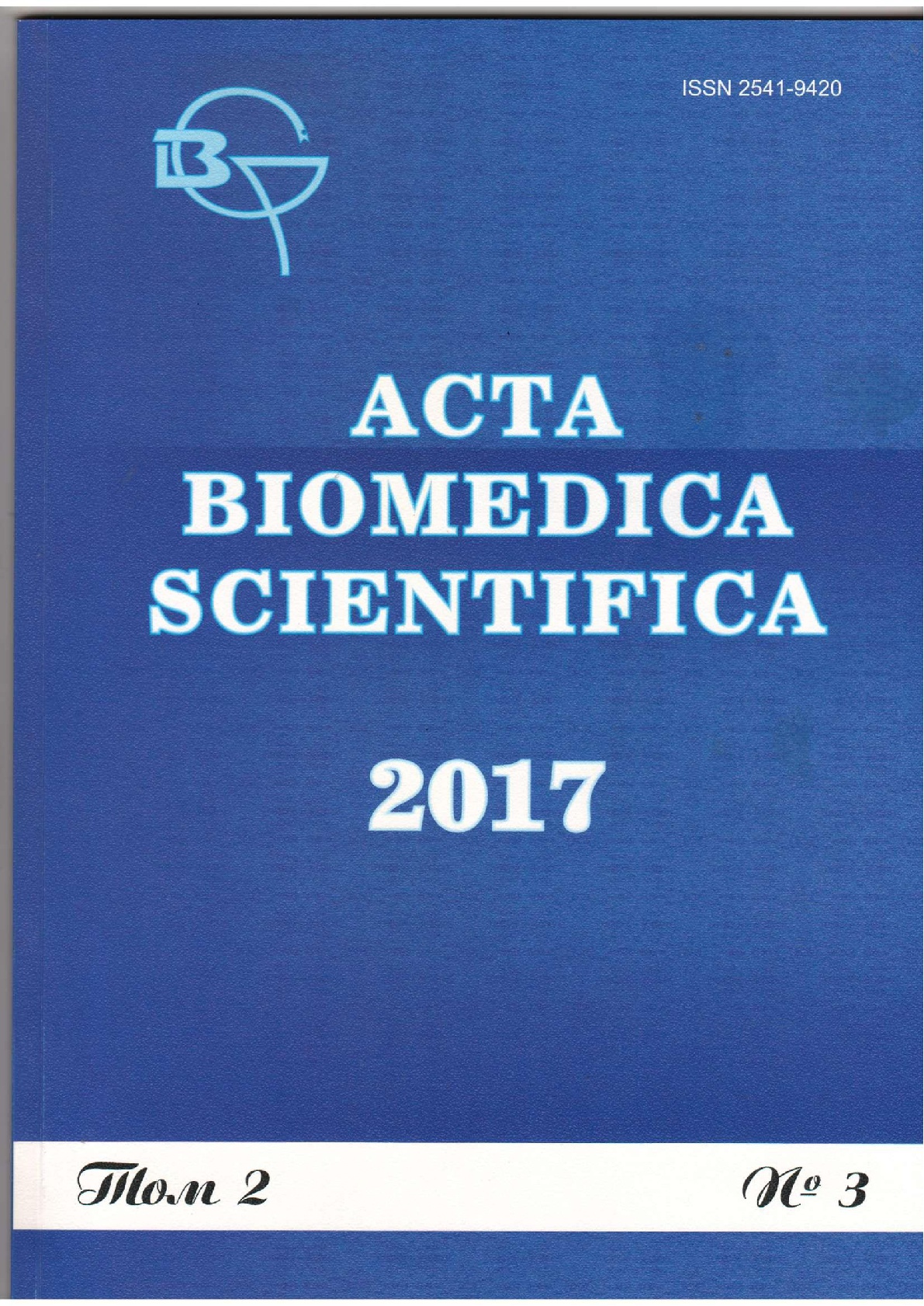Novosibirsk, Novosibirsk, Russian Federation
Novosibirsk, Novosibirsk, Russian Federation
Novosibirsk, Russian Federation
Novosibirsk, Novosibirsk, Russian Federation
Novosibirsk Institute of Antioxidants (laboratoriya vodorastvorimyh antioksidantov, rukovoditel')
Novosibirsk, Novosibirsk, Russian Federation
Novosibirsk, Novosibirsk, Russian Federation
Na modeli mikobakterial'nogo granulematoznogo vospaleniya in vitro issledovano vliyanie indukcii redoks- chuvstvitel'noy signal'noy sistemy antioksidant-responsivnogo elementa Keap1/Nrf2/ARE na dinamiku obrazovaniya granulem. Obnaruzheno, chto aktivaciya sistemy Keap1/Nrf2/ARE privodit k uskoreniyu processov obrazovaniya granulem, kotorye zatem smenyayutsya processami ih dissociacii, chto pozvolyaet rassmatrivat' sistemu Keap1/Nrf2/ARE kak novuyu terapevticheskuyu mishen' v terapii tuberkuleza.
granulematoznoe vospalenie, tuberkulez, makrofagi, sistema Keap1/Nrf2/ARE, TS-13
1. Zenkov NK, Menshchikova EB, Tkachyov VO (2013). Keap1/Nrf2/ARE redox-sensitive signaling system as a pharmacological target. [Redoks-chuvstvitel’naya signal’naya sistema Kear1/Nrf 2/ARE kak farmakologicheskaya mishen’]. Biokhimiya, 78 (1), 27-47.
2. Kozhin PM, Zenkov NK, Lemza AE, Chechushkov AV, Zaytseva NS, Kandalintseva NV, Menshchikova EB (2015). Influence of redox-sensitive system Keap1 / Nrf2 / ARE induction on classical macrophage activation [Vliyanie induktsii redoks-chuvstvitel’noy sistemy Keap1/Nrf2/ ARE na klassicheskuyu aktivatsiyu makrofagov]. Sibirskiy nauchnyy meditsinskiy zhurnal, 35 (6), 37-44.
3. Menshchikova EB, Zenkov NK, Chechushkov AV, Kozhin PM, Cherdantseva LA, Sharkova TV, Potapova OV, Lyubimov GY, Lyubimova GA, Yagunov SE (2015). Participation of activated oxygen metabolites and redox-sensitive signaling system Keap1 / Nrf2 / ARE in the development of granulomatous inflammation [Uchastie aktivirovannykh kislorodnykh metabolitov i redoks-chuvstvitel’noy signal’noy sistemy Keap1/Nrf2/ARE v razvitii granulematoznogo vospaleniya]. Sibirskiy nauchnyy meditsinskiy zhurnal, 35 (2), 32-36.
4. Prosenko AE, Klepikova SY, Kandalintseva NV, Dyubchenko OI, Dushkin MI, Zenkov NK, Menshchikova EB (2001). Synthesis and study of antioxidant properties of new water-soluble sulfur-containing phenolic compounds [Sintez i issledovanie antioksidantnykh svoystv novykh vodorastvorimykh serosoderzhashchikh fenol’nykh soedineniy]. Bulleten’ Vostocno-Sibirskogo naucnogo centra, (1), 114-126.
5. Harvey CJ, Thimmulappa RK, Sethi S (2011). Targeting Nrf2 signaling improves bacterial clearance by alveolar macrophages in patients with COPD and in a mouse model. Sci. Transl. Med., 3 (78), 78ra32.
6. Lyamina SV, Kruglov SV, Vedenikin TY, Borodovitsyna OA, Suvorova IA, Shimshelashvili ShL, Malyshev IY (2012). Alternative reprogramming of M1/M2 phenotype of mouse peritoneal macrophages in vitro with interferon-γ and interleukin-4. Bull. Exp. Biol. Med., 152 (4), 548-551.
7. Olagnier D, Lavergne RA, Meunier E, Lefevre L, Dardenne C, Aubouy A, Pipy B (2011). Nrf2, a PPARγ alternative pathway to promote CD36 expression on inflammatory macrophages: implication for malaria. PLoS Pathog., 7 (9), e1002254.
8. Puissegur MP, Botanch C, Duteyrat JL, Delsol G, Caratero C, Altare F (2004). An in vitro dual model of mycobacterial granulomas to investigate the molecular interactions between mycobacteria and human host cells. Cellular microbiology, 6 (5), 423-433.
9. Rajendran P, Nandakumar N, Rengarajan T, Palaniswami R, Gnanadhas EN, Lakshminarasaiah U, Nishigaki I (2014). Antioxidants and human diseases. Clinica Chimica Acta, 436, 332-347.
10. Schwegmann A, Brombacher F (2008). Host-directed drug targeting of factors hijacked by pathogens. Sci. Signal., 1 (29), re8.
11. Stefanson AL, Bakovic M (2014). Dietary regulation of Keap1/Nrf2/ARE pathway: focus on plant-derived compounds and trace minerals. Nutrients, 6 (9), 3777-3801.
12. Tugal D, Liao X, Jain MK (2013). Transcriptional control of macrophage polarization. Arterioscler. Thromb. Vasc. Biol., 33 (6), 1135-1144.
13. Zumla A, Nahid P, Cole ST (2013). Advances in the development of new tuberculosis drugs and treatment regimens. Nat. Rev. Drug Discov., 12 (5), 388-404.





